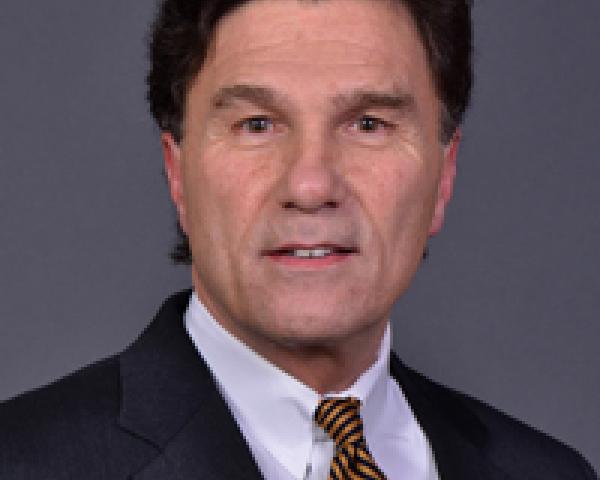Risk management is helping nonprofits see beyond their organizational boundaries and collaborate more with their communities.
I will never forget a frustrated Peter Drucker lamenting years ago, in his heavy German accent, the use of the term "nonprofit" when "the fact remains that profitability is vital to our sustainability?” To this point, I’ve been so impressed with the tools of technology (and equally with recent management appointments in nonprofits) that I’ve been encouraging nonprofits to raise their game relative to risk retention. This can be achieved with a more sophisticated form of reinsuring their liabilities and operations — captive, risk retention group — so that nonprofits’ efforts are rewarded through an ROI on their capital (i.e., a surplus), generating a “profit center” for mission protection.
I believe the time has come for a more holistic view of how we manage, whether it’s our company, our organization or our household. (Interestingly, the word "economics" comes from two Greek words —
oikos and
nomia — whose earliest origins relate to taking stock of the affairs of the home.) I believe this blurring is manifest in much of what I am witnessing:
- For-profit executives leaving a life of “success,” corporately, for a life of “significance” in a mission-based organization (Bob Buford’s theory) at a mid-point in their lives;
- For-profit executives sitting on non-profit boards advocating for more enterprise risk management (ERM), a more sophisticated form of risk management; and
- A tidal wave of interest among emerging generations in the nonprofit sector — for careers, volunteerism and engagement.
Another concept of this blurring relates to the need for nonprofits to see resources, talent, contribution and solutions in their nonprofit, community-based neighbors. In fact, it appears that risk management is no longer an “organization issue,”
per se; you can have the best-laid plans, but if you aren’t aligned with your community, you risk vulnerability.
Additionally, so many recent security breaches point to the need for community-based solutions that are global, not just U.S.-centric.
Below is a diagram I raised with a faith-based nonprofit to demonstrate how its approach to risk might, more effectively, be to find greater impact through alignments within the local community.
 Engaging your community
Engaging your community
Perhaps now is the time for “nonprofits” to change the semantics of their sector to a broader, community-based organization (CBO) concept. In fact, one idea that has emerged is an alternative label for a nonprofit: CBO.
Perhaps — as CBOs — we will more effectively live out our missions, starting with a positive, inclusive approach rather than a negative (“non”) dynamic. And, no doubt, we’ll better manage risk through these alignments.
Ultimately, we’re better off with collaboration!
 Engaging your community
Perhaps now is the time for “nonprofits” to change the semantics of their sector to a broader, community-based organization (CBO) concept. In fact, one idea that has emerged is an alternative label for a nonprofit: CBO.
Perhaps — as CBOs — we will more effectively live out our missions, starting with a positive, inclusive approach rather than a negative (“non”) dynamic. And, no doubt, we’ll better manage risk through these alignments.
Ultimately, we’re better off with collaboration!
Engaging your community
Perhaps now is the time for “nonprofits” to change the semantics of their sector to a broader, community-based organization (CBO) concept. In fact, one idea that has emerged is an alternative label for a nonprofit: CBO.
Perhaps — as CBOs — we will more effectively live out our missions, starting with a positive, inclusive approach rather than a negative (“non”) dynamic. And, no doubt, we’ll better manage risk through these alignments.
Ultimately, we’re better off with collaboration!





